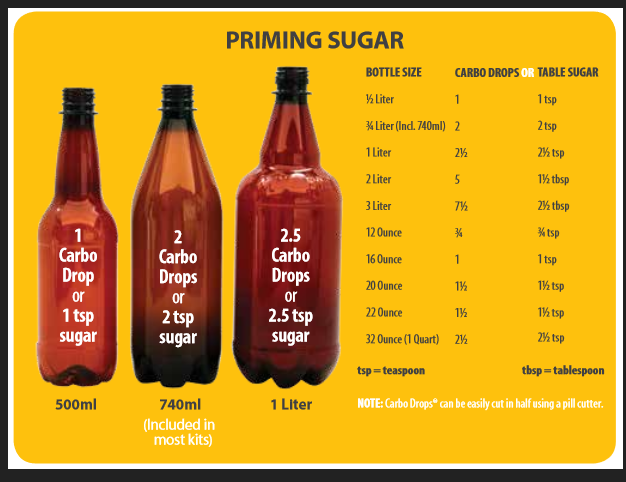Mothman
Well-Known Member
Jebus, I just did something realllly dumb.
Just got done bottling my latest batch, just finishing cleaning everything up... and I just now realized that I accidentally made my priming solution with... wait for it... lactose. >_<
So, I obviously back sweetened my beer... and obviously the lactose wont carb the bottles.
So... whats going to be the easiest way for me to dose the bottles properly with dextrose?
I don't have access to the carb tabs, or to the Domino sugar dots... all I have is dextrose (or table sugar, but might as well use dextrose).
Most of the bottles are 650 ml bombers, only a couple are the standard smaller bottles.
I ahve an accurate scale, so I can measure out, by weight, small amounts of dextrose... but don't know how much per bottle for a medium (2.5 vol) carbonation.
Damn... can't believe I did this...
Just got done bottling my latest batch, just finishing cleaning everything up... and I just now realized that I accidentally made my priming solution with... wait for it... lactose. >_<
So, I obviously back sweetened my beer... and obviously the lactose wont carb the bottles.
So... whats going to be the easiest way for me to dose the bottles properly with dextrose?
I don't have access to the carb tabs, or to the Domino sugar dots... all I have is dextrose (or table sugar, but might as well use dextrose).
Most of the bottles are 650 ml bombers, only a couple are the standard smaller bottles.
I ahve an accurate scale, so I can measure out, by weight, small amounts of dextrose... but don't know how much per bottle for a medium (2.5 vol) carbonation.
Damn... can't believe I did this...



